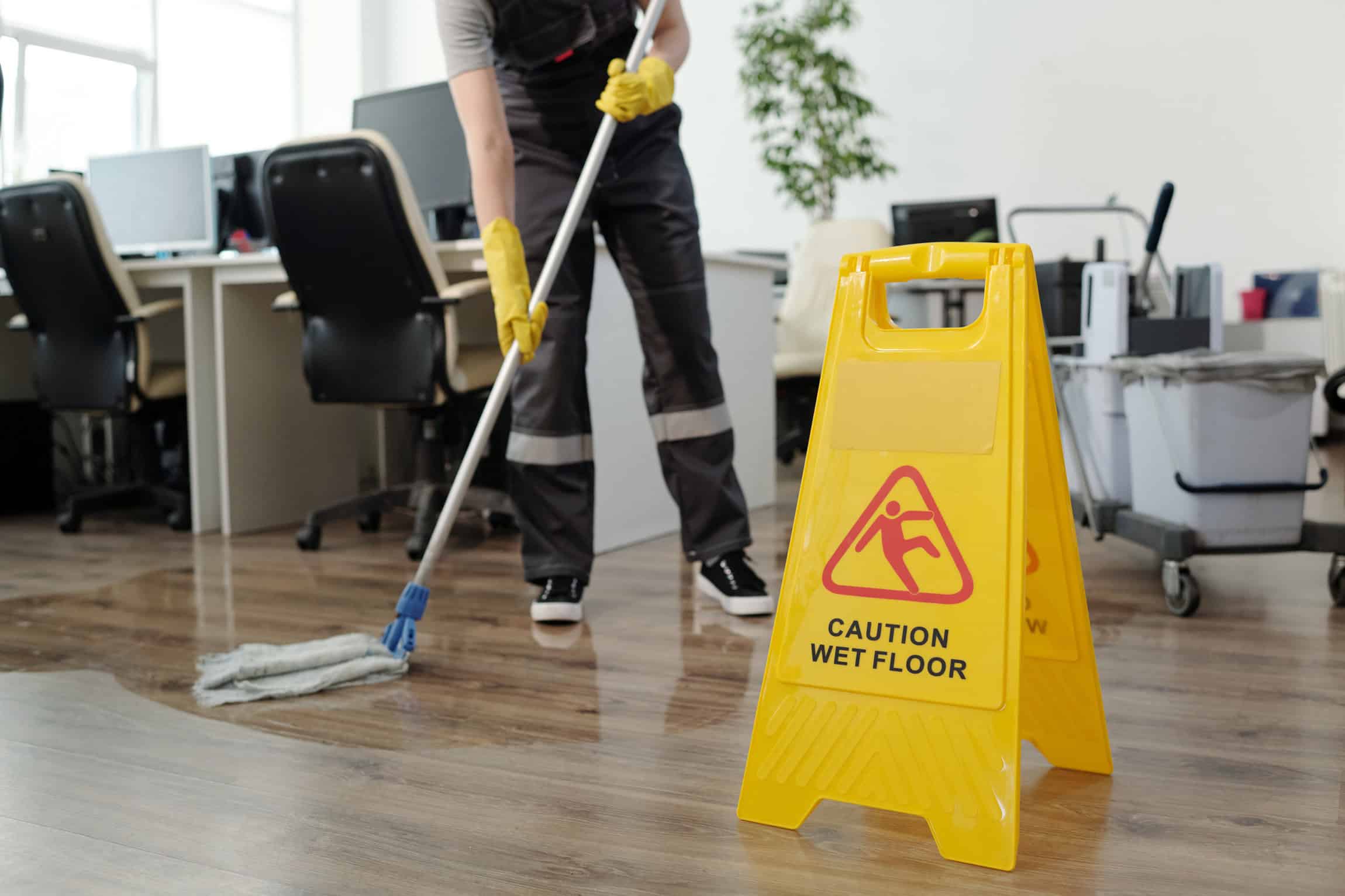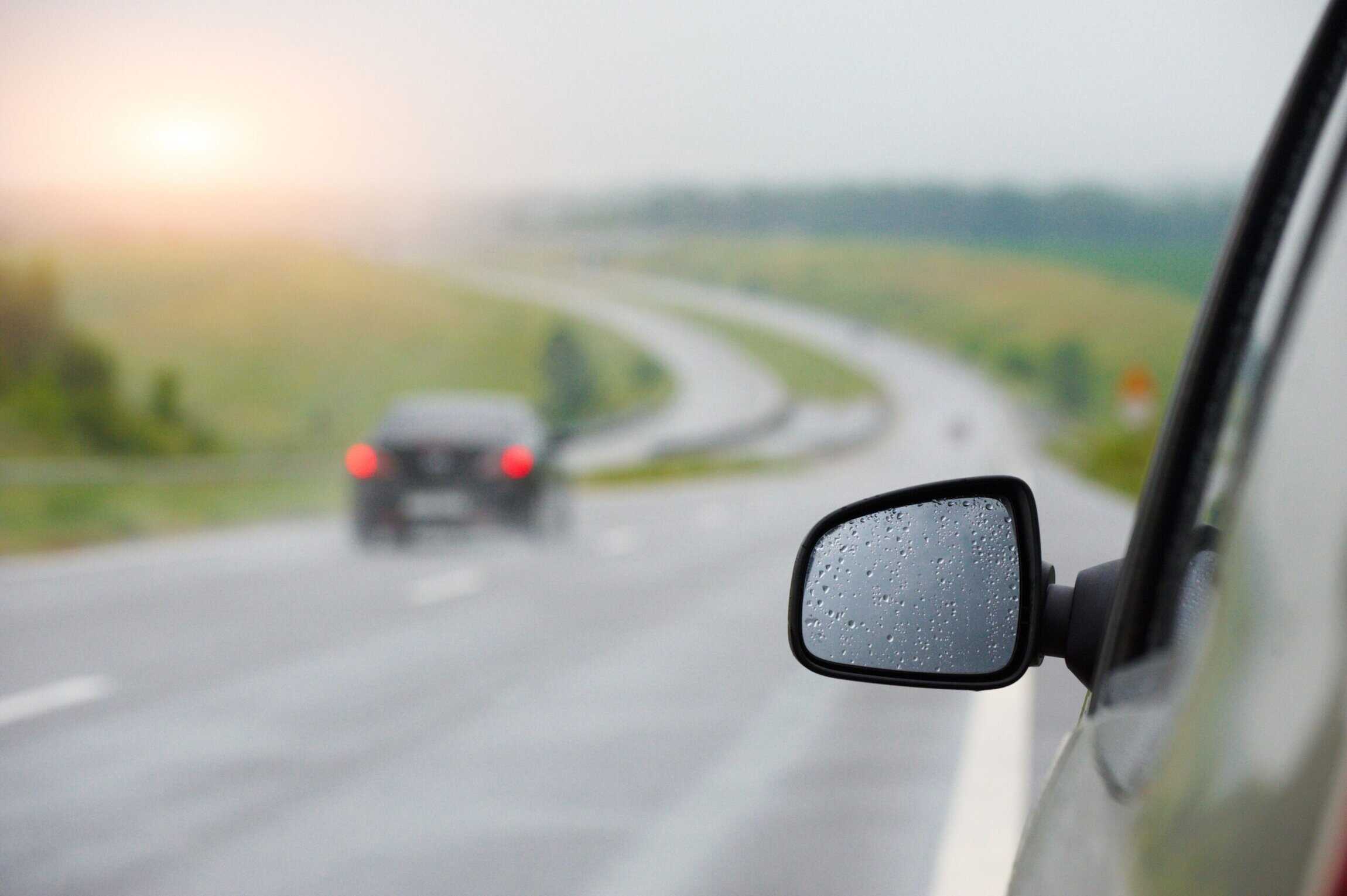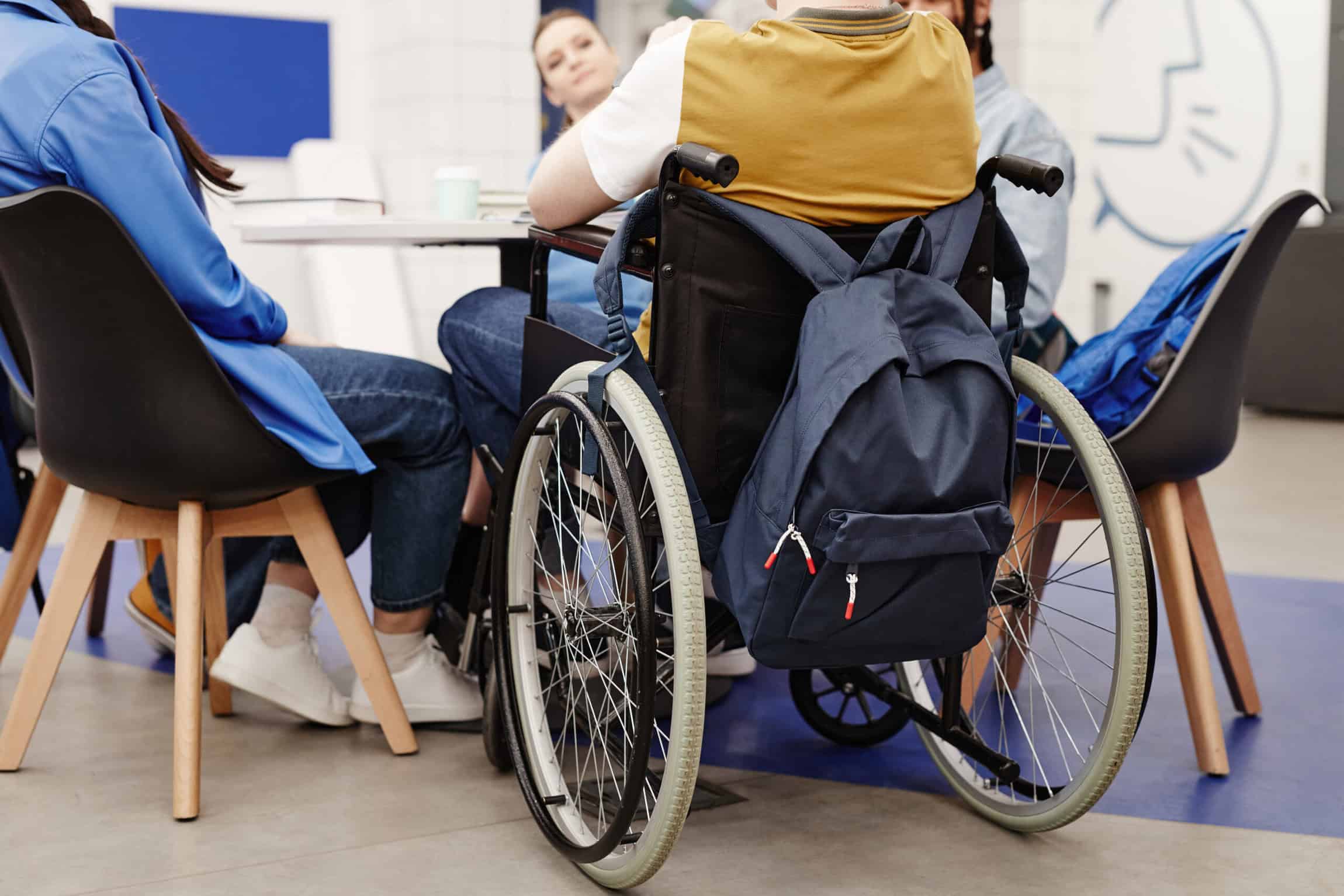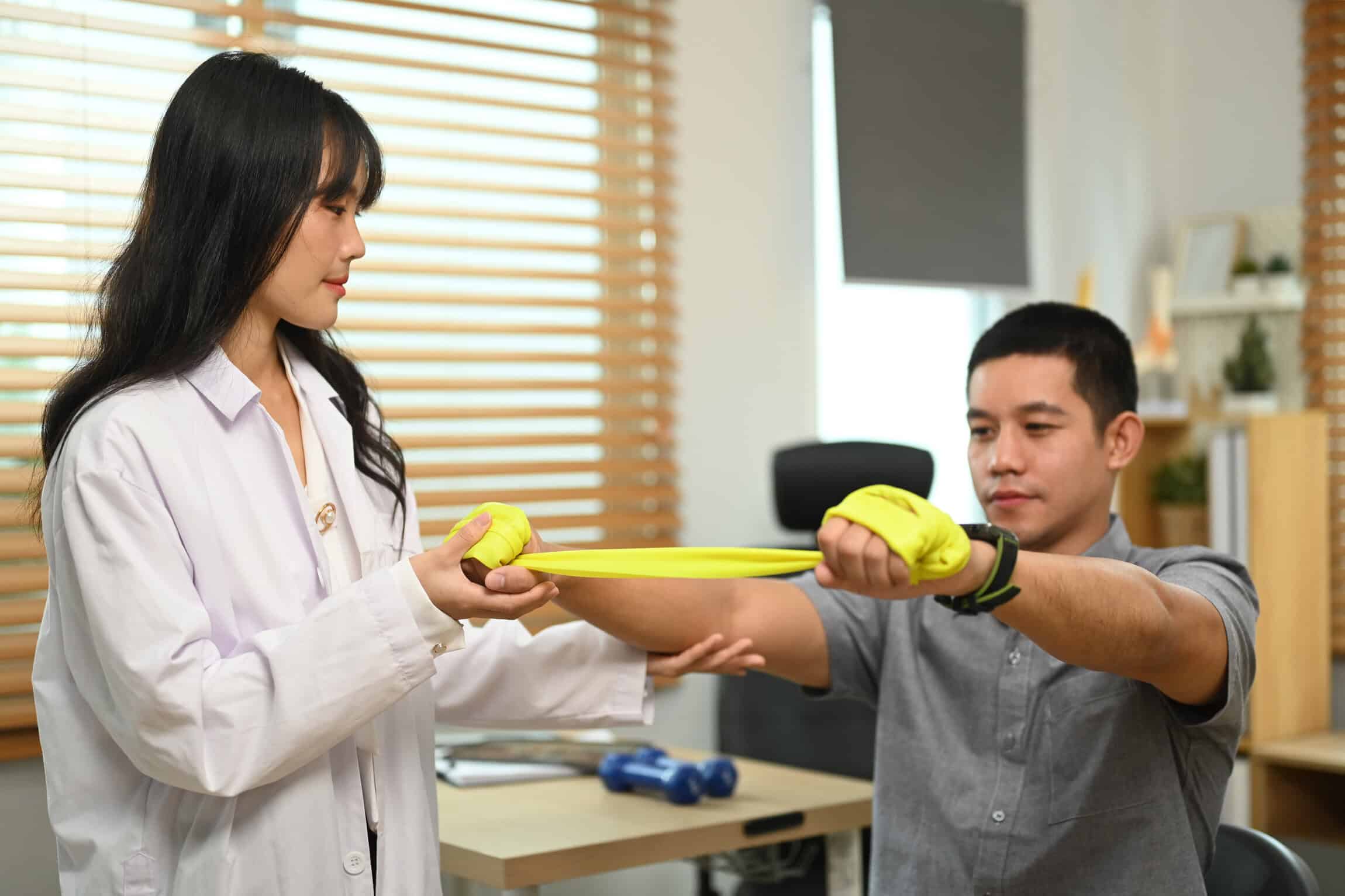As their name suggests, slip and fall accidents are caused by a person losing their footing due to hazardous conditions. According to a study from the National Floor Safety Institute, they account for over 1 million hospital visits annually.
When these incidents occur on another person’s property, the injured party can seek compensation based on premises liability violations. If you are unfamiliar with the term, premises liability refers to the property owner’s legal responsibility to maintain a safe, hazard-free environment for visitors.
Proving the Following to Make a Successful Slip and Fall Claim
- Duty of care
- Breach of duty
- Causation
- Damages
Duty of Care in Premises Liability
Property owners have a duty of care toward those who enter their property, including someone else’s property. This means that they have a duty to maintain a safe premises/environment free from potential hazards. For example, they may be required to conduct regular risk assessments to identify (and promptly remove) any hazards.
Fortunately, it is relatively easy to prove that the property owner has a duty of care over a visitor—whether they are an invitee (there for business purposes) or a licensee (there for non-business purposes). However, it’s worth noting that property owners owe a minimal duty of care to trespassers, as they are entering the space without permission.
Breach of Duty
When it comes to proving a breach of duty in a slip-and-fall case, the plaintiff must provide sufficient evidence to suggest that the fall incident was caused by dangerous conditions:
- The incident was caused by dangerous conditions. (Wet or uneven flooring, poor safety signage, or unsafe working environments).
- The property owner was aware of the hazards. (The property owner knew about or should have been aware of the hazards).
- The property owner failed to take action. (The property owner failed to warn visitors of the hazards or did not take action to resolve them when aware of them.)
As evidenced above, there are many ways in which a property owner’s actions (or inaction) can result in a breach of duty. For example, they could have failed to conduct regular property maintenance and risk assessments, creating a hazardous environment for visitors.
Causation
Proving causation is also vital in a successful slip and fall accident case. Evidence of a breach of duty alone is often insufficient to claim compensation. Plaintiffs must also prove causation, which means they must find a clear link between the property owner’s negligence and the accident. Simply put, the property owner’s behavior must be the clear cause behind the incident.
Without a clear causal link, the chances of the case being dismissed increase significantly, as the property owner can argue that the accident was caused by something other than their own negligence.
Gathering this evidence can be challenging, especially if there were multiple potential causes of the accident. For example, if the fall worsened or triggered a pre-existing injury, it could be difficult to determine the property owner’s level of negligence/fault.
Damages
Finally, proof of damages must also be provided. While these are typically monetary, such as medical bills and loss of income, it is also possible to file for non-economic damages. Damages can range from minor injuries to severe traumatic brain injuries, which can significantly impact the compensation amount. For example, you can ensure that you are compensated for pain and suffering or struggles relating to your mental health as a result of the accident.

https://elements.envato.com/cropped-view-of-unknown-woman-sits-at-desktop-with-7NDKSVP
The more evidence of damages acquired by the plaintiff, the better. This could include:
- Medical bills
- Medical reports
- Incident/Accident reports
- Testimony from eye-witnesses
- Testimony from doctors/mental health professionals
The exact amount of money you can receive in a case of this nature varies, depending upon the degree to which the property owner is found responsible (liability and causation), the severity of your injuries and their lasting impact on your life, and the strength of the evidence outlined above.
Defenses in a Slip and Fall Accident Case
There are many ways in which the property owner (or their legal counsel) will try to defend themselves against these claims in a premises liability case. The most common defenses raised in slip-and-fall cases tend to try to pinpoint the blame on the plaintiff. They may argue that the hazards were open and obvious and that the plaintiff was somehow at fault for what happened. Alternatively, the property owner may argue that they were unaware of the dangerous condition.
While the validity of these claims will be properly scrutinized by your attorney, gathering sufficient evidence to prove the hazards were not open and obvious, and that your actions did not contribute to the accident is key to successfully prosecuting a slip and fall case.
Evidence and Documentation in a Slip and Fall Incident
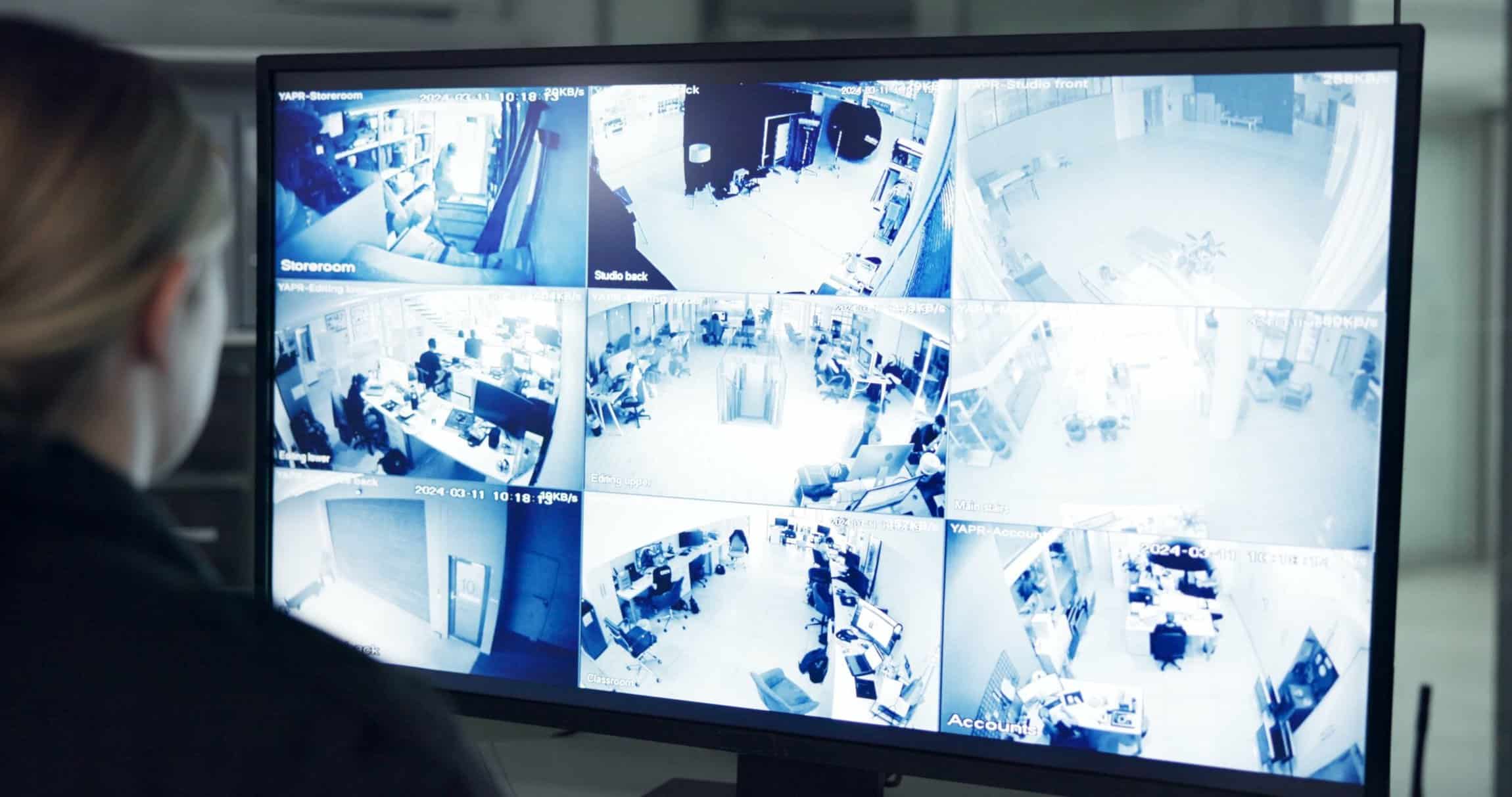
As mentioned above, gathering evidence and documentation is crucial in a slip and fall incident case. The more evidence you have, the more you can strengthen your premises liability claim.
Typical evidence used in these cases include:
- Security footage of the incident
- Photographs of the scene of the accident
- Eyewitness reports and testimonies
- Incident/Accident report
- Photographs of any injuries sustained
- Medical reports/testimonials from medical personnel
- Medical bills
Slip and Fall Legal Process
If you are injured in a slip and fall accident, one of the first things you should do (after seeking medical attention) is contact an experienced personal injury attorney. They can protect your best interests as you begin to navigate the legal process moving forward.
While the legal process can vary on a case-by-case basis, the typical legal process will follow this timeline:
- Step One: Gather evidence and put together a case with an attorney.
- Step Two: Your attorney should contact the property owner and their insurance company to discuss if the case can be resolved before filing a lawsuit. For example, you may accept a settlement instead of going to court.
- Step Three: File a complaint. Once you have submitted a complaint to the court, the litigation process has begun and both parties will start gathering additional evidence to prepare for trial.
- Step Four: Trial. Both parties will be allowed to present evidence before a judge, who will make the final decision.
While generally speaking, the sooner you initiate a personal injury claim following an accident, the better; in Virginia, you have two years to file a complaint following an incident.
Hire an Experienced Virginia Personal Injury Attorney for Fall Injuries in Richmond
If you’ve been injured and are considering filing a personal injury case – reach out today.
At Renfro & Renfro, we have years of experience supporting clients in situations similar to the one you are in now, ensuring they receive the best outcome in court.
Get in touch today to find out more.

